Designing a space is like creating a beautiful Rangoli. Just as a Rangoli artist carefully selects the colours, patterns, and materials to create a stunning work of art, an interior design checklist gives you the right elements to ensure a space that is visually appealing and functional.
Interior design is the art of transforming a space into a beautiful environment that suits your lifestyle. Whether you’re renovating an existing home or starting from scratch, a well-designed home can make all the difference in how you feel and function within your living space.
But let’s be honest – interior design can be overwhelming. There are so many decisions to make, from choosing the right color scheme to selecting the perfect furniture and accessories. And if you’re not careful, it’s easy to get sidetracked by the latest trends or end up with a mishmash of styles that doesn’t feel cohesive.
That’s where an interior design checklist comes in. A comprehensive checklist can help guide you through the design process, keeping you on track and ensuring that every element of your space is well thought out and intentional.
Let’s take a closer look at the use of interior design checklist that will help you create a space that’ll meet all your needs.
Designing home is a task in itself. Especially when you are going to stay in the same house. In India, many families build a house, get its interiors done and move out, giving it to someone else on rent. Therefore, it is easy to prop it up with generic things. Once you realise you are going to spend your waking as well as sleeping hours in that house, it is important to take everyone’s demands and tastes in consideration. After all, every family member, though part of the same unit, may have different preferences.
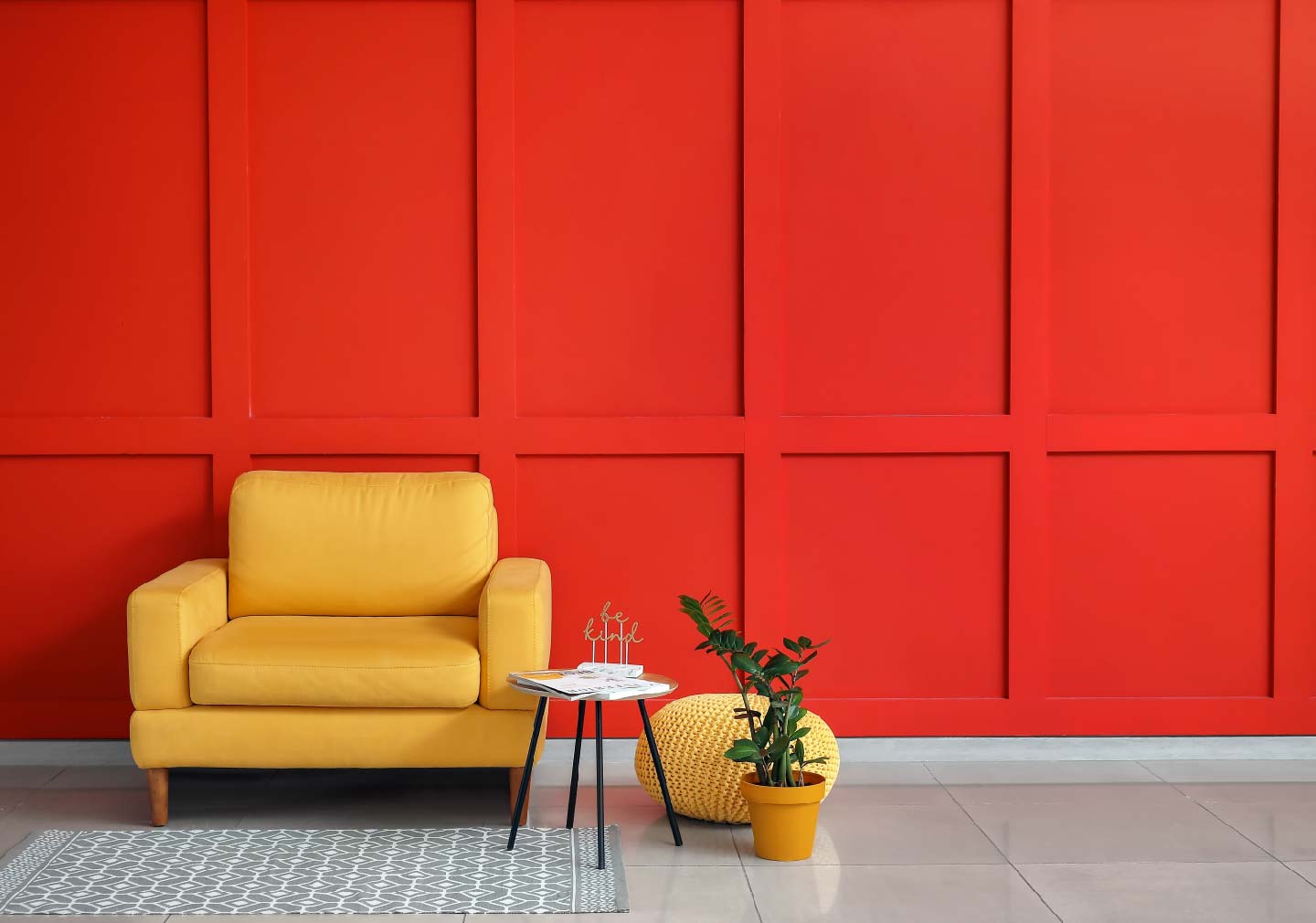
Taking the degisn process room by room makes the design journey somewhat less daunting. A room-by-room interior design checklist is like a roadmap, helping you stay organized and focused on one area at a time. Just like how a chef prepares each ingredient separately before combining them into a delicious meal, an interior designer can use a room-by-room checklist to tackle each space individually before pulling everything together into a whole meal.
Your design style is like your personal fashion sense – it reflects who you are and how you want to present yourself to the world. Just as you wouldn’t wear clothing that doesn’t feel like ‘you,’ you also shouldn’t design a space that doesn’t reflect your personal style. Your design style can be influenced by many factors, such as your cultural background, your favorite colours and patterns, and even your travels and experiences.
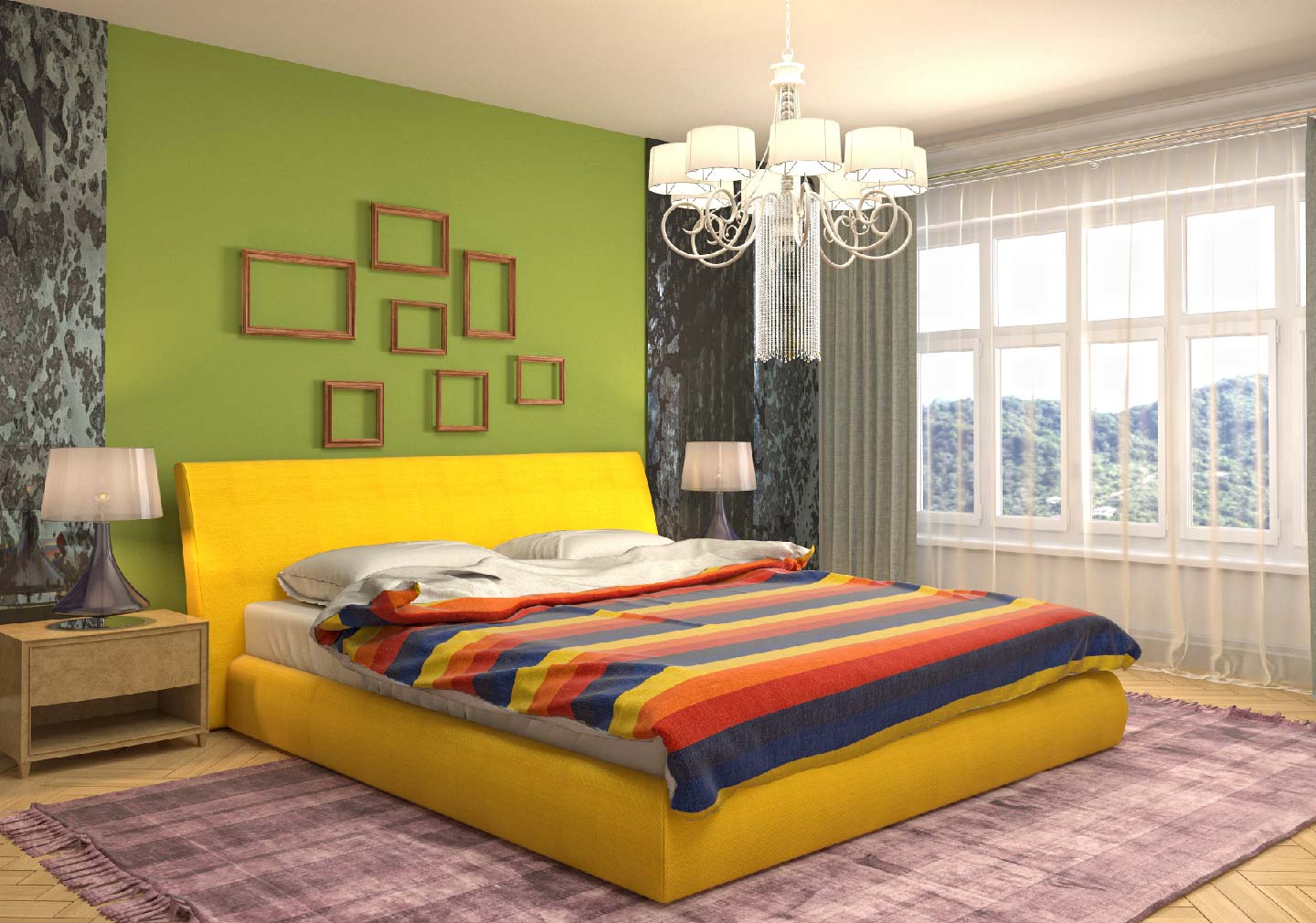
When creating your interior design checklist, consider your personal design style and how you want it to come through in your home. Whether you prefer a classic, timeless look or something more modern and trendier, your design style should be a key factor in every decision you make. By staying true to your personal style, you’ll create a home that feels like a natural extension of yourself and that you’ll love coming home to every day.
In India, there is a wide range of materials available for interior design, each with its unique characteristics and benefits. For example, using locally sourced materials such as bamboo, jute, or clay tiles can add an earthy, natural feel to your space while also promoting sustainability. On the other hand, materials like marble and granite can create a luxurious and sophisticated look but may require more maintenance.
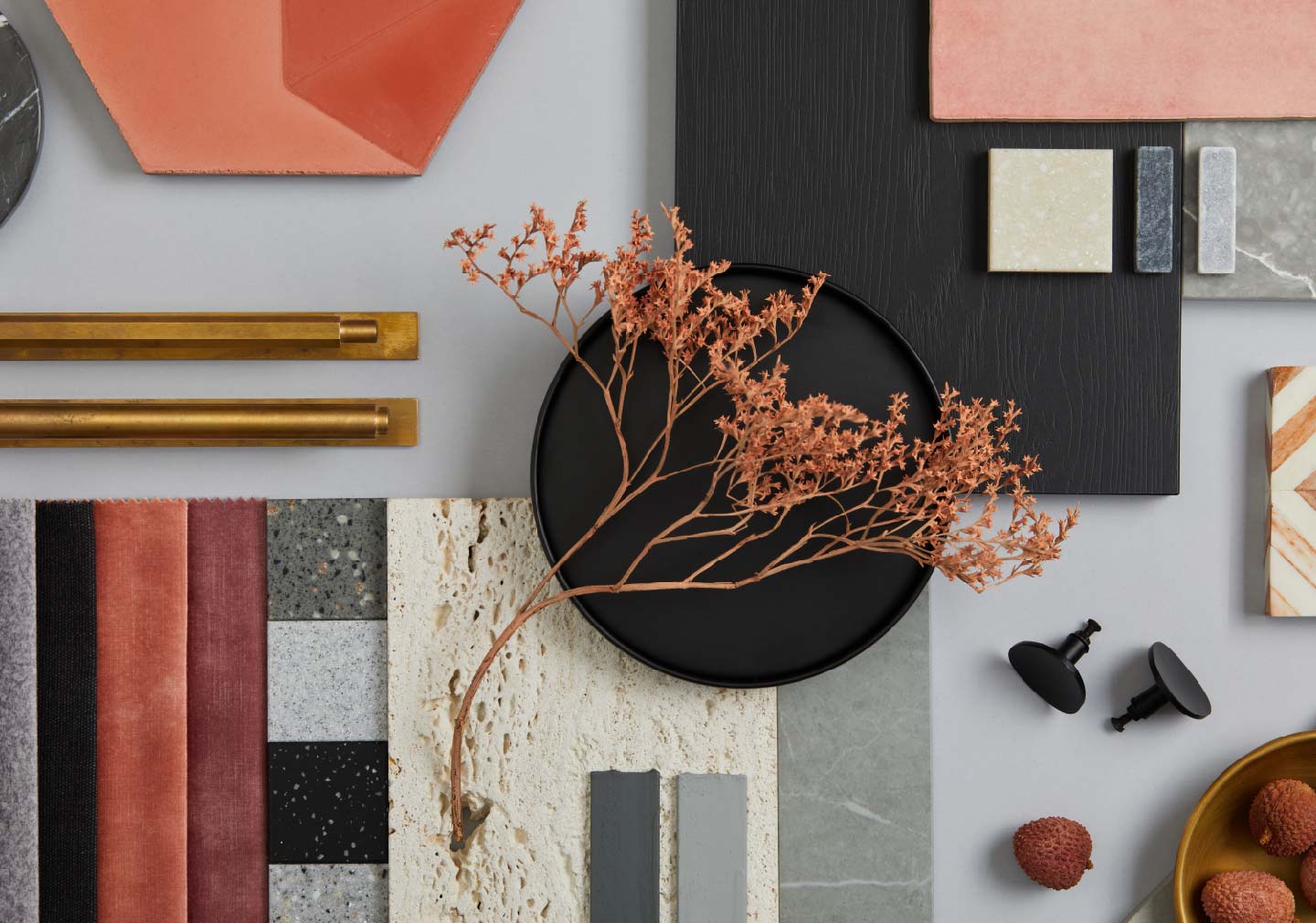
Consider the materials that best fit your budget, design style, and lifestyle. Sit with your interior designer and compare the pros and cons of each material, such as their cost, durability, and maintenance requirements, and choose the ones that are most suitable for your needs.
Space planning is like solving a puzzle – you need to find the right pieces and fit them together to create a coordinated and complementing design. Just as you wouldn’t put a square peg in a round hole, you also shouldn’t force a furniture piece into a space where it doesn’t fit.
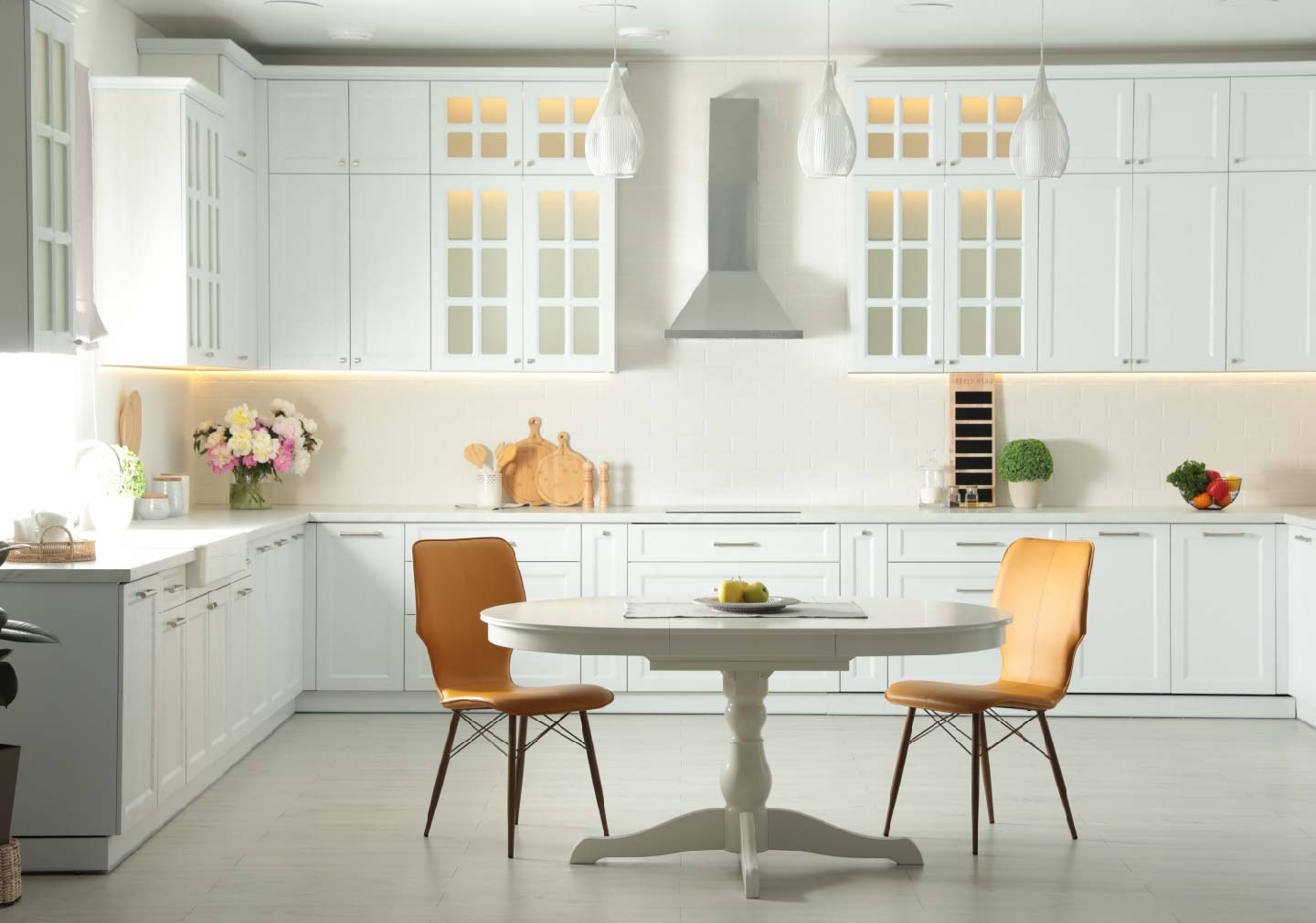
Keep in mind the the flow of your space and how you will use each area. For example, you may want to create a cozy reading nook in your living room, or a dedicated workspace in your bedroom. By taking the time to plan out each space with your designer, you can ensure that every area is functional and comfortable for your needs.
Accessories may seem like a small detail, but they can make a huge difference in the overall look and feel of your space. Just as a cake without icing can be plain and not good to look at, a room without accessories and finishing touches can feel incomplete and lacking in personality.
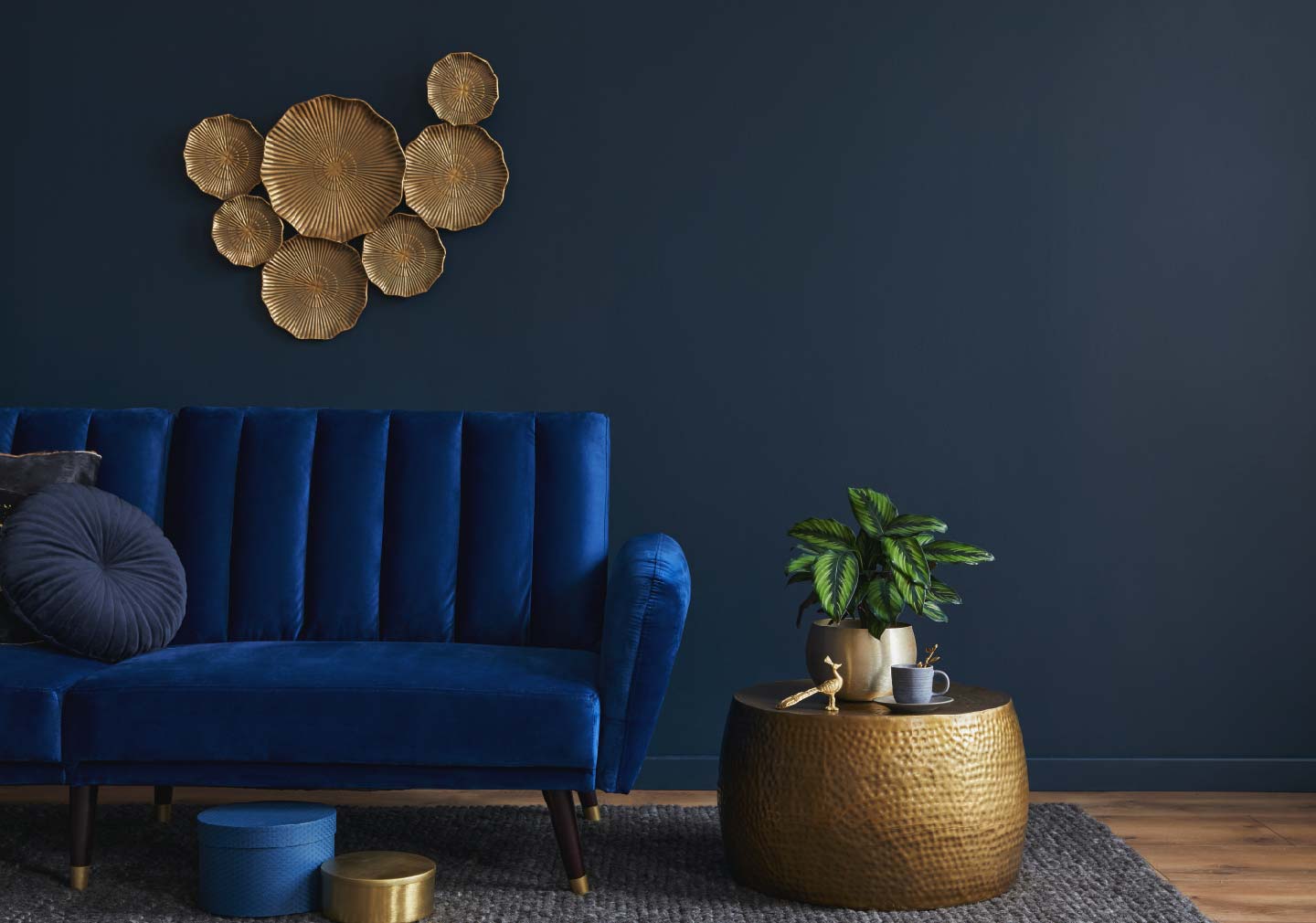
They can range from throw pillows and rugs to artwork and decorative objects. These elements can add color, texture, and visual interest to your space, and help tie together different design elements. Finishing touches, such as lighting and window treatments, can also play a significant role in creating a cohesive and inviting atmosphere.
Effective project management is crucial in interior design operations. While some local vendors may promise to take care of everything without requiring your involvement, the reality can often be different. Without proper project management, you may find yourself inundated with follow-ups and required to re-verify every tiny detail during the design process. This could very well be more than one vendor on multiple occasions.

That’s where a professional and organized interior designer can make a significant difference. By taking charge of project management, they can help streamline the design process and reduce the headache of dealing with multiple vendors. They can also provide regular updates and keep you informed of progress, allowing you to focus on other aspects of your life.
By keeping up with the latest design trends, you can ensure that your space reflects your personal style while also incorporating elements that are on-trend and modern.
At the same time, it’s important to remember that design trends should be used as a starting point, not a rigid template. A skilled and organized interior designer will help you incorporate design trends in a way that is personalised and unique to your space.
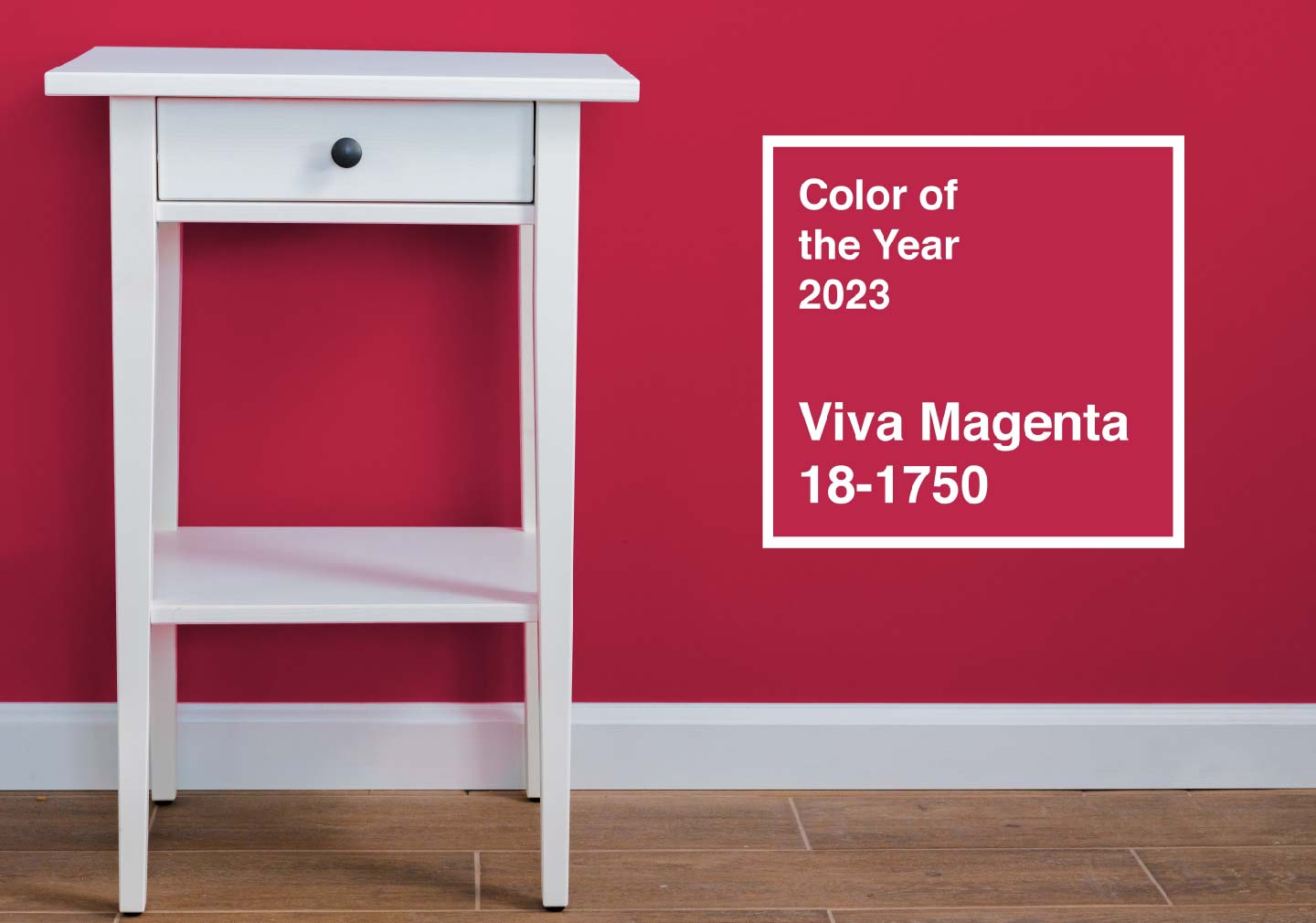
When creating your interior design checklist, it’s important to consider the latest design trends as a source of inspiration and guidance. Work with a skilled and organized interior designer to incorporate these trends to ensure a design that is both on-trend and timeless.
In today’s world, sustainability is no longer just a buzzword, but a crucial aspect of our lives, including in interior design. Using sustainable materials in your home not only helps reduce your carbon footprint, but also ensures that your living space is healthy and safe for you and your loved ones.
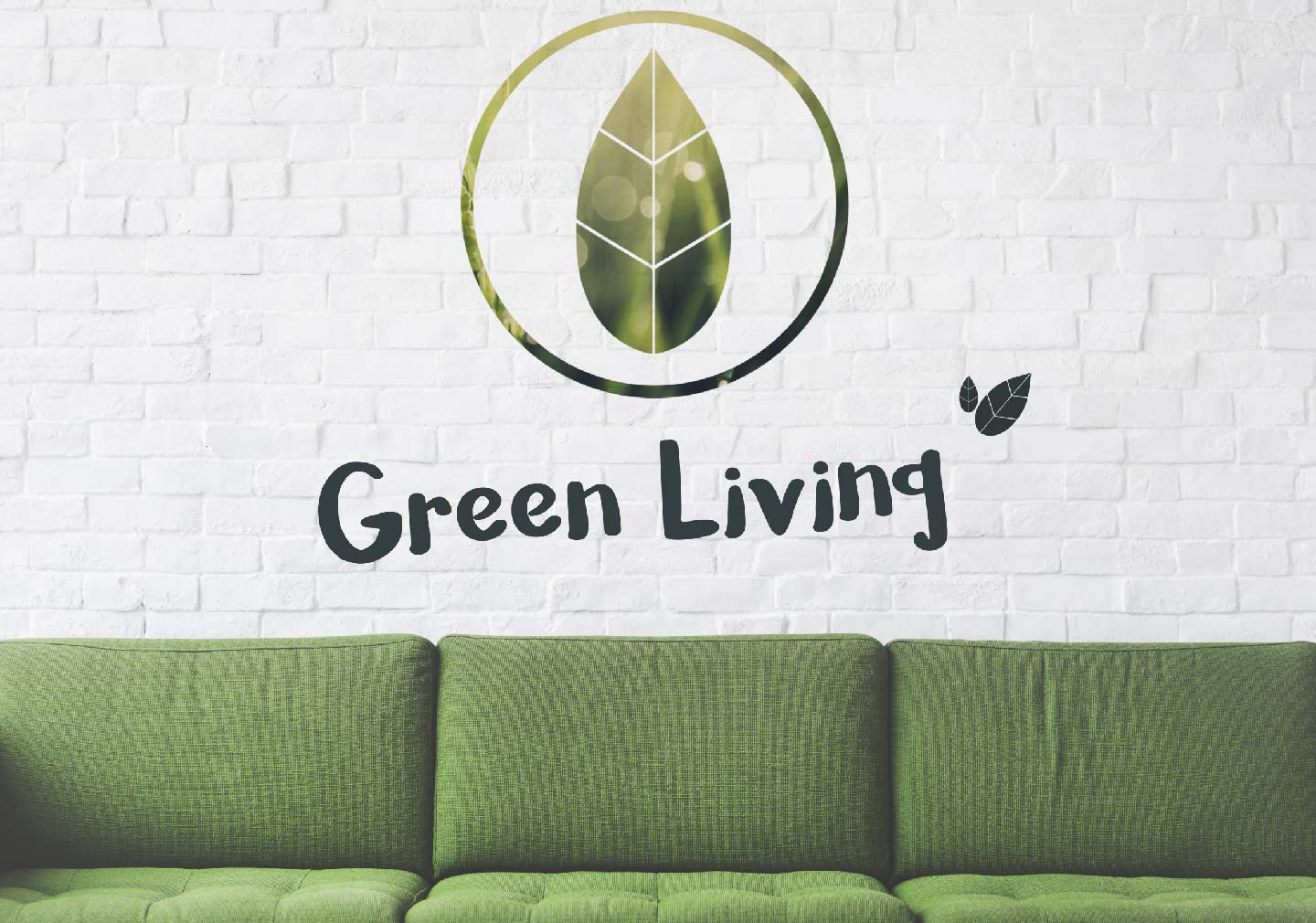
One of the benefits of using sustainable materials is that they add character and uniqueness to your home. Many sustainable materials are handmade and have distinct textures and colours, which can create a truly personalised space. An experienced interior designer (with their interior design checklist) can help you incorporate these materials in creative ways, such as using reclaimed wood for furniture or recycled glass for decorative items.
Don’t forget to include sustainability as a key consideration while designing your dream home. If your budget allows you to include sustainable products, then make sure to include them for the sake the environment and the future of your family. It is not only unique but reflects your values and makes a positive impact on the planet.
Interior design isn’t just about making your home look good – it’s about creating a living environmenr that is exclusively yours, and that reflects your personality, style and values. And at Bonito Designs, we understand the importance of designing a home that is not just beautiful, but also functional and sustainable.
With over 250 design experts on our team, we have the skills and expertise to take on any design challenge, from small apartments to large villas. Our design process is meticulous, with over 400 tests to ensure that every detail is perfect, and a dedicated project manager to oversee the entire process.
At Bonito Designs, we believe that great design is a collaboration between the designer and the homeowner, and we work closely with you to create personalised and unique designs that truly is a mirror image of you. And with a 24-hour response time guarantee, we’re always here to answer any questions or concerns you may have.
Ans: A professional interior designer can bring expertise, creativity and a fresh perspective to your design project, ensuring that your space is functional, aesthetically pleasing and tailored to your needs and preferences.
Ans: Choosing the right design style for your home involves considering factors such as your personal style, the architecture of your home, and the overall aesthetic you want to achieve. A professional designer can help guide you through this process and make recommendations based on your specific needs and preferences.
Ans: Sustainable materials include those that are eco-friendly, durable, and energy efficient. Some examples include bamboo flooring, recycled glass ountertops, and energy-efficient lighting and appliances.
Ans: Space planning involves designing a layout for your space that maximizes its functionality and flow. It’s important because a well-designed space can improve your quality of life, reduce stress, and increase productivity.
Ans: The cost of an interior design project can vary widely depending on factors such as the size of the room/home, the level of customisation and the materials you want. A professional designer can provide you with a customised quote based on your specific needs and budget.